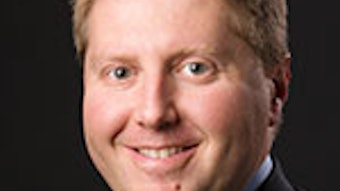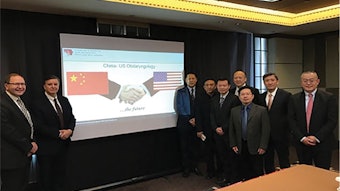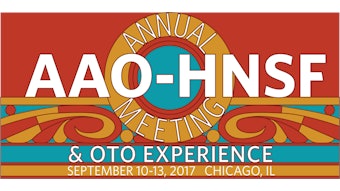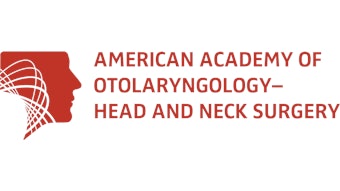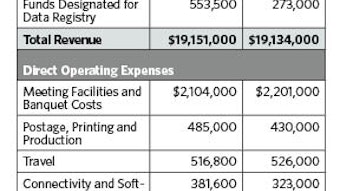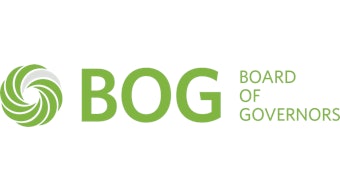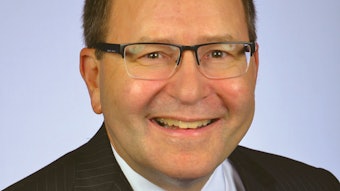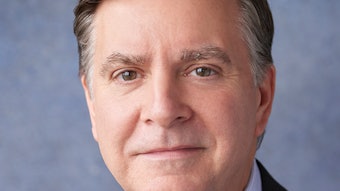Practice Profile: Eastern Virginia Medical School Department of Otolaryngology
No matter what area of practice someone chooses—academic or private—Barry Strasnick, MD, offers this advice: “My message to our residents is always the same. Follow your instinct in which setting best fits you personally, and regardless of where that takes you, your commitment to your patients and their medical care must always come first.
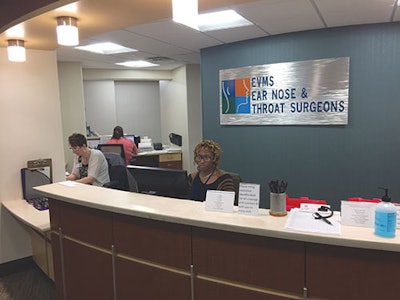
“The value of academic practice,” said Dr. Strasnick, longtime Academy member and chair of the Eastern Virginia Medical School (EVMS) Department of Otolaryngology for the past 16 years, “is the ability to bring multiple experts, fellowship-trained faculty, and more subspecialty care in at the initial patient evaluation, allowing for quicker and more direct collaboration in quality care.”
The EVMS Department of Otolaryngology vision, “to provide superior quality and personal and compassionate care for our patients,” is led by Dr. Strasnick, who was selected in 2001 by his own faculty to serve, and was one of the youngest chairs of an academic program at the time.
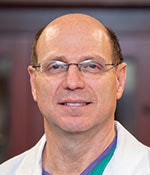 Barry Strasnick, MD
Barry Strasnick, MDGeographically, EVMS serves eastern Virginia with patients coming from the Tidewater region (Virginia Beach, Norfolk, Chesapeake, and Newport News), West Virginia, and North Carolina—a population coverage area of 2.5 million. The average yearly patient population served through the EVMS otolaryngology department is 28,000 individuals, including both children and adults. The EVMS Center for Pediatric Otolaryngology, based at the Children’s Hospital of The King’s Daughters, located in Norfolk, VA, is home to the only freestanding children’s hospital in the Commonwealth of Virginia, and is the regional pediatric referral center for coastal Virginia and northeastern North Carolina.
The expansion of EVMS patient care during the past 16 years is demonstrated in the growth in number of personnel, residencies, and research grants. Under Dr. Strasnick’s leadership, the department has grown from a staff of three in one practice location to 14 full-time staff and 16 community faculty in seven practice locations. The residency program has increased from one position per year to three, and research grants within the department have quadrupled. Dr. Strasnick credits the growth to the hard work of the faculty. “It is not really about what you do as a department chair. When you get the right faculty with the right commitment and passion for their work, you simply get out of their way. It has been their hard work that has gotten us to where we are today and where we will go tomorrow in patient-focused care.”
When asked about the greatest opportunities and challenges that lie ahead for the specialty, Dr. Strasnick did not hesitate to note that “our greatest challenge” is no different from other medical disciplines. “We must shift our vocabulary and change our relationships to focus on the delivery of comprehensive quality care instead of volume of care. The success of this will be reliant on our ability to know the total treatment plan cost, the quality of the service provided, and the overall value to the patient,” he said.
“We have an opportunity before us in which we can deliver quality care in a way that reduces costs. This is important to you, me, and our children going forward. We shouldn’t shrink from the reality that we face, but embrace it by taking the reins and being the ones providing the data related to our specialty rather than letting someone else provide it for us.”
Academy empowers on many levels
All otolaryngologists, regardless of the type of practice, want the best for their patients. The collaborative interaction and sharing of knowledge and experience between academicians and private practitioners allows fulfillment of the Academy’s vision: “Empowering otolaryngology-head and neck surgeons to deliver the best patient care.” The forum available through the Academy also serves to identify future needs of members and their patients.
Dr. Strasnick recognizes that future patient care delivery models are changing with the Merit-based Incentive Payment System (MIPS), and he sees that the Academy has a role, especially now, in supporting the specialty, members, and all types of practices in navigating this changing landscape.
The Medicare Access & CHIP Reauthorization Act of 2015 (MACRA) replaced the Sustainable Growth Rate (SGR) and created MIPS. As of January 1, eligible clinicians (ECs) started reporting under MIPS. All physicians, physician assistants, nurse practitioners, clinical nurse specialists, or certified registered nurse anesthetists who bill Medicare are considered ECs and must participate in MIPS, unless they qualify for an exemption, do not meet the minimum reporting threshold, or are part of an Advanced Alternative Payment Model.
“The new payment system will require us to do a better job of understanding the total cost of care per illness in a way that impacts the efficiency and quality of our delivery of that care. Information that was not previously shared, such as hospital costs, must now be disclosed so that we can all fly within the new system,” Dr. Strasnick said.
“If we are treating someone with head and neck cancer, then we need to understand not only what our costs will be to this patient’s care plan, but what the sum costs, from ancillary to therapy and everything in between, will be,” said Dr. Strasnick. “This will enable us to get a better handle on costs per disease, identify any areas of inefficiencies, and redefine comprehensive care in an inclusive way that is better for our healthcare delivery system.”
Dr. Strasnick recognizes the great value the Academy provides to members, their practices, and the specialty, as a whole. “One of the major resources provided by the Academy is to consolidate data through an affiliation with Reg-ent℠.”
Reg-ent is an otolaryngology-specific clinical data registry that is preparing for MIPs in 2017 by enhancing its technology platform to accommodate all reporting categories required, including Quality Performance, Advancing Care Information, and Improvement Activities.
According to Dr. Strasnick, “This registry will provide tremendous benefit to practitioners in accessing collated information defining best practices and care policies essential to quality improvements in care.” Academic institutions, in particular, are struggling with their EMR providers to facilitate the release of the necessary data to make clinical registries effective. The Academy along with many other specialties are focusing on ways to make this happen.
Advocacy and education are two other areas in which Dr. Strasnick feels the Academy provides incredible value to members in the quest for the delivery of the best patient care. “It is important that our specialty is being represented both on Capitol Hill and on the state level. Day to day, we are busy in our practice. We need to have someone who knows what we are going through and advocating on our behalf and on behalf of our patients. Through the Academy’s advocacy program, we are a part of the process. The Academy also reflects the specialty’s commitment to ongoing education by providing training, education, and the opportunities for exchange of information at the Annual Meeting and online.”


